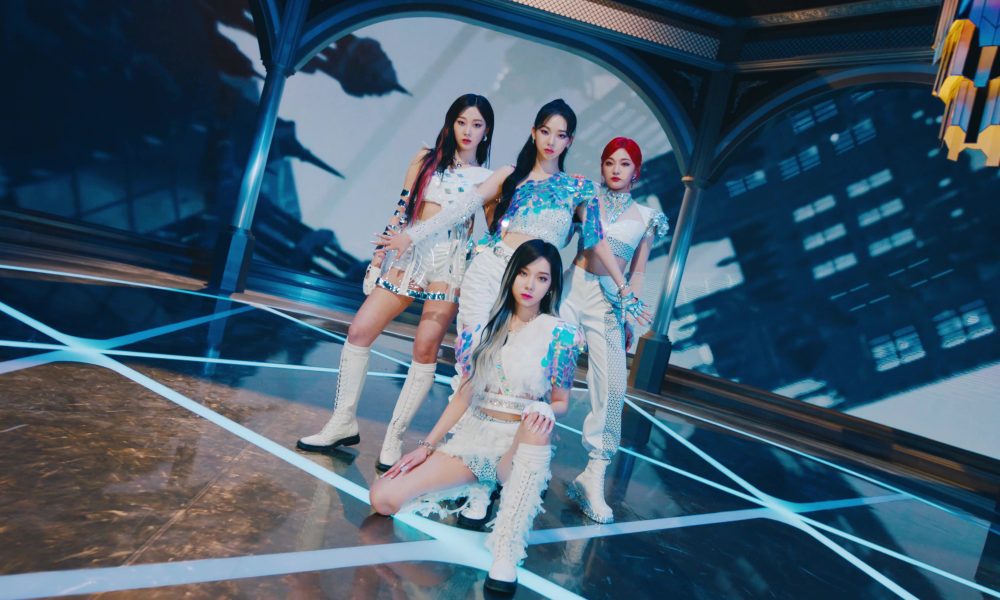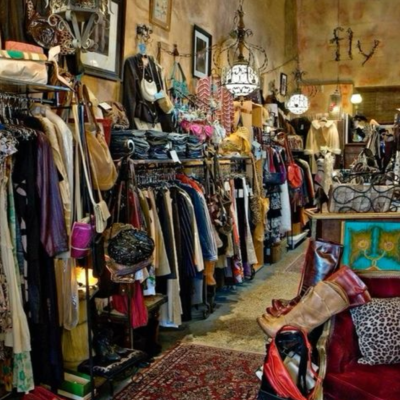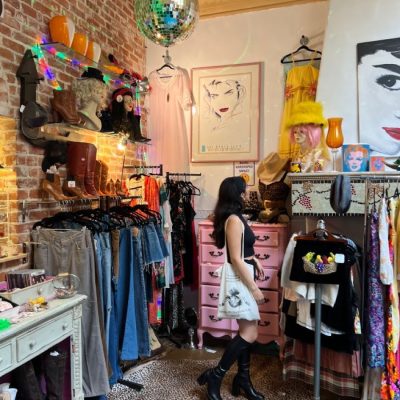Major style takeaways at “Hallyu! The Korean Wave”
Everything from neon streetwear, silk dresses, K-pop graffiti style suits, and futuristic bodysuits are among the signature style trends trending internationally. Korean cultural imports and cultural personalities are taking hold nationwide, whether it be cosplay, or everyday outfits. If you want to learn more about Korean fashion, here are some trends that have made their way into the Museum of Fine Arts “Hallyu! The Korean Wave” exhibit.
Traditional Korean fashion
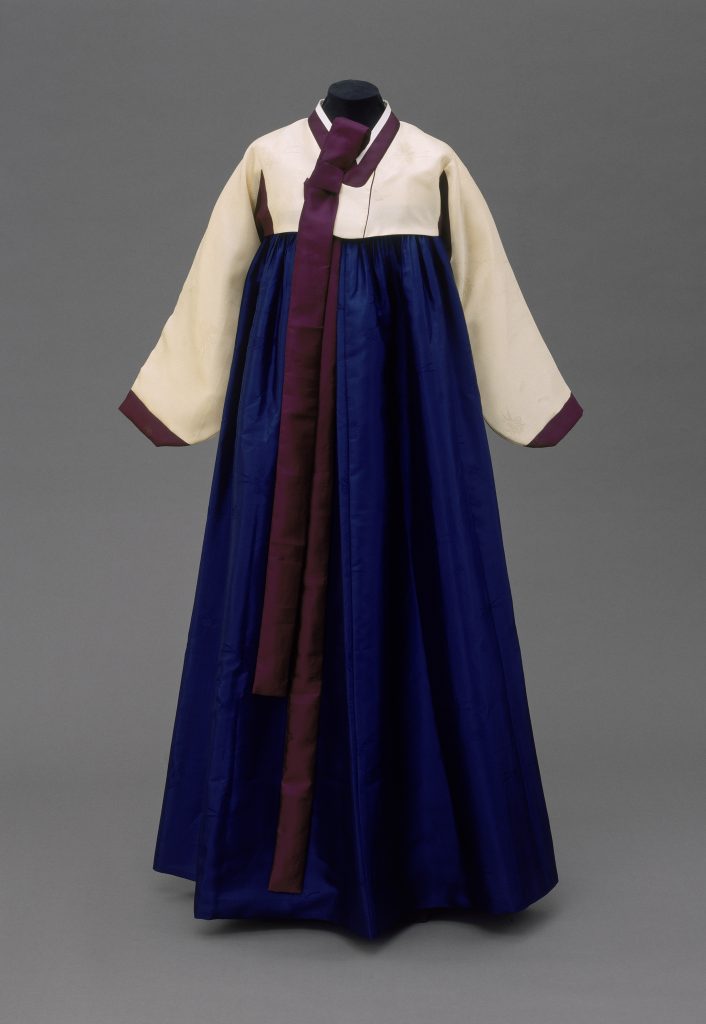
The traditional dress style in Korea pertains to both informal and formal wear. The traditional Korean dress is known as hanbok. This long dress is made from silk to which a silk strap of a contrasting color is tied a few inches above the waist. A jacket called a jeogori (jacket in Korean), is generally worn over the top garment. While hanbok come in all colors, an individual dress typically contains at least three to four colors. As an adaptable clothing style, with pieces that could be sewn together to fit every body shape, each section contains a distinct color to separate its pieces.
Hanbok were introduced during the Three Kingdoms period in Korea (57 BCE–668 CE) and continued to be worn during the Joseon Dynasty (1392-1910). It indicated morality was a common symbol to identify socioeconomic class. Today, the hanbok, remains influential in Korean culture and heritage and is commonly found in K-drama movies and TV. While hanbok are mostly worn in ceremonies or traditional holidays, they have inspired various Korean dress styles, both past and present.
Men’s Ancient Headwear
Like hanbok, men’s headwear represented class and social status in Korea. Usually designed for social dominance, headwear was mainly maintained to be kept clean and neat at all costs. It was customary for adult men to wear their long hair in a topknot and use a manggeon under a headgear to keep the hairstyle firmly in place. The brim of the manggeon contains a thin layer and is supported by a narrow cylinder-like top. Wide-brimmed, the manggeon secured elaborate hairstyles. A gat, similar to the manggeon, would be worn outside the house, while the jeongjagwan was one of many types of indoor headdresses for the yangban ruling class.
The gat made from wood, contained precious gems, either gold, silver, or jade to determine rank. These gat may be recognized in K-drama shows on Netflix, such as My Sassy Girl and Korean films like The Fortress. Indoors, the yangban ruling class would wear a jeongjagwan, a net-like indoor headdress, that was typically made from woven horsehair. Men with a military rank would wear a jeonlip, a fur wool hat to represent a crown that contained precious gems either gold, silver, or jade to convey rank.
Playsuits and Streetwear
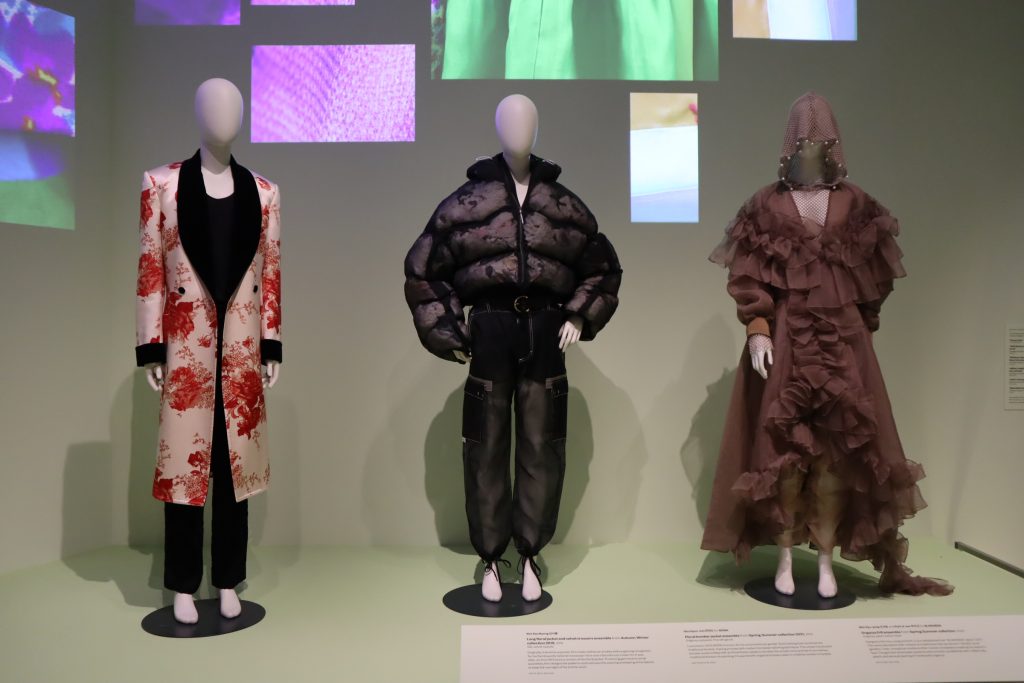
Korean streetwear comes in various styles and can be elaborated by various aesthetics. As a style predominantly worn by K-pop artists, it accentuates a mix of luxury and casual collections. A popular type of streetwear is inspired by the popular Korean Netflix show, Squid Game. In the show characters are shown wearing streetwear that is a mix of various neon colors, lightweight tracksuits, jersey numbers, and graphically emulated raincoats. Korean windbreakers and tracksuits, as emulated in Squid Game emphasize a history of Korean citizens resisting corruption during the Joseon dynasty (1392 – 1910).
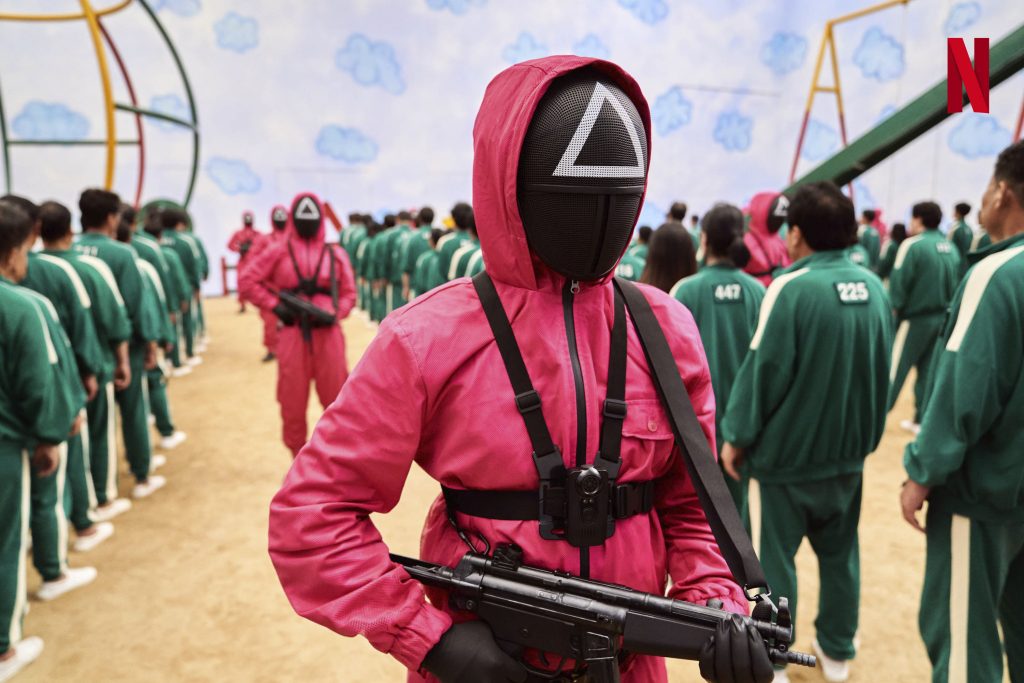
Korean Graphics
Korean graphics are representative of culture, pop culture, and hidden meanings relating to Korean patriotism. Graphics are often worn and advertised by popular K-pop bands, such as BTS, and BLACKPINK. Korean graphics can be emboldened on floor-length dresses, jackets, puffer coats, sweaters, and t-shirts. Graphical clothing in Korean culture means that words and letters are scattered closely together to fill an entire outfit. Sometimes these letters are designed with different colors or emphasized among highly contrasting colors. These letters can be located on the side of the arm or heart as long as it stands out. Cumulative of events in Korean history, letters have been a key part of storytelling. Fashion that included word art represented an inner hope for Korean society, often emulated through self-expression, advocacy, and present times. Such clothing items were designed to break free of the conventional norms of society, both preceding and succeeding the Korean War.
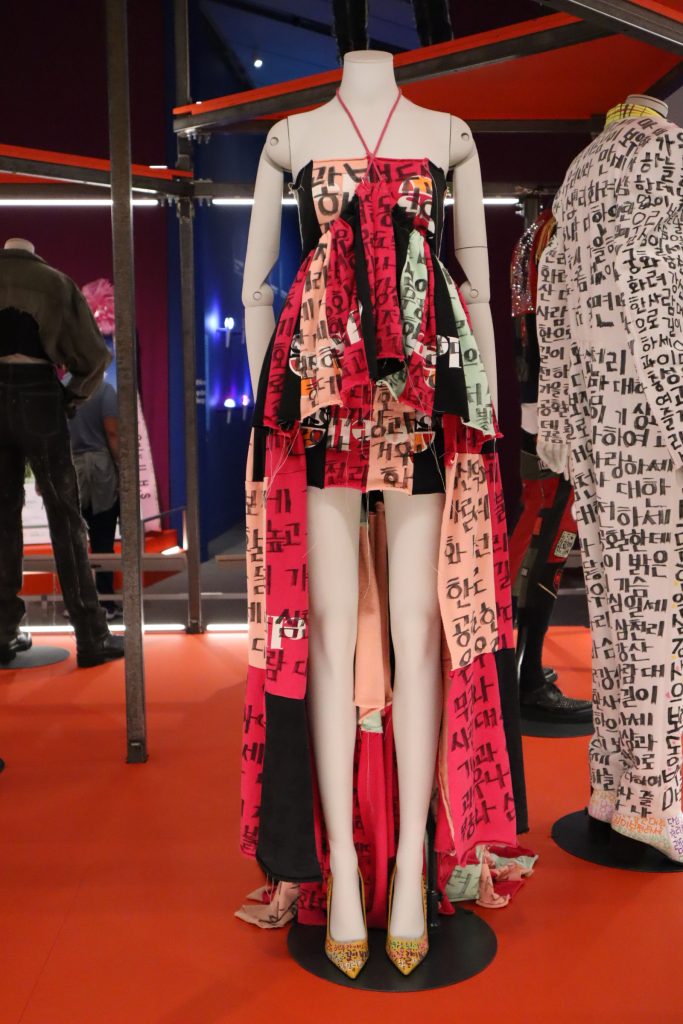
Korean entertainment has also inspired a modern generation of TV, social media, K-pop, and movies. This represents the present-day digital experience of futurism. Shows like Squid Game have inspired neon and bold-colored suits, masks, and face-covering, a fashion style emulating a potential modern-day battle.
Like various empires Korea has undergone, Korean fashion is perhaps becoming an empire of its own by flooding the international market. This is why many keep showing up at Hallyu! The Korean Wave, to learn about how Korean fashion has changed and influenced the role of fashion.
last updated: 6/17/2024 11:00 pm



